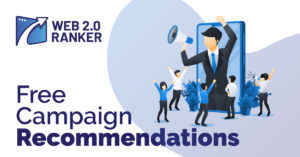Educator and computer pioneer Alan Kay once said, “The best way to predict the future is to invent it.”
If you work for a growing company, be it a startup or scale-up, you’ll know that attempting to “invent” the future isn’t a matter of waiting around for flashes of inspiration and eureka moments — rather, it requires proactive planning, excellent execution, and awesome alignment. You’ll also know that these ingredients aren’t easy to come by. Not by a long shot.

That’s why I swear by a simple, unique framework to help me and my team at HubSpot prepare for the future. It’s called ‘rhythm of the business,’ and it involves visually mapping out the key events, milestones, and activities scheduled across the business year and ensuring that every team is intimately familiar with the plan — or rhythm — for the months ahead.
As a member of HubSpot’s revenue operations team, understanding the ‘rhythm of the business’ is critical for our success. Our team’s north-star goal is to remove friction for our customer-facing teams and help them to pass that friction-free experience on to customers.
The RevOps model sets us up for success because it breaks down silos between operations professionals, unifies them as a central team, and allows them to work collaboratively on the systems and processes that power a business.
As a result, duplicative work gets weeded out, repeatable tasks get automated, and time is spent proactively improving the customer experience, not frantically reacting to glitches in the system.
As the RevOps model aligns teams around the customer, the ‘rhythm of the business’ framework aligns the entire company around key events in the business year — those moments where outsized impact is possible and execution is everything.
Together, RevOps and ‘rhythm of the business’ are greater than the sum of their parts; a combination of mindset and method that enables growing continually to delight customers, even as their internal operating model becomes more complex.
How I Became a ‘Rhythm of the Business’ Believer
It was during my time working for Amazon that I first embraced ‘rhythm of the business.’ I picked up the habit of keeping a record of important milestones throughout the year, noting on my calendar the “fire drills” that occurred during the year and color-coded them.
Annual kick-offs were highlighted in blue, big customer events were orange. I used a printed wall calendar, which I know is “old school,” but it allowed me to visualize the entire year in a nanosecond.
Later in my time at Amazon, when I was in charge of planning, strategy, and enablement, I looked at the previous year’s calendar and noticed that some events had gone well for my team while others should have been given more preparation time. In short, I realized that we needed to plan better for the next 12 months.
So, when the time came to map out our calendar for the year ahead, I was able to take the learnings from the past 12 months and provide some informed structure to what otherwise would have been, in essence, an act of guesswork.
By structuring my team’s year in this way, not only were we able to kick off earlier than most teams, we gained the time needed to develop and refine our hypotheses, test them, and lay out a defensible data-driven strategy for the future.
This in turn enabled us to pursue better investments, see greater returns on those investments, and then be in a position to make greater investments going forward. The process took the form of a flywheel, feeding off its own momentum.
When I joined HubSpot in 2018, I brought the ‘rhythm of the business’ approach with me. Although the company had been growing well, it was about to hit a new phase of scale and we had the opportunity to improve our operating model by taking a step back from the whiteboard and considering the ebb and flow of the year.
This enabled us to kick off planning at the right time and be prepared for major milestones throughout the course of the year.
3 Ways ‘Rhythm of the Business’ Helps HubSpot Scale Better
At HubSpot, we have an annual planning cycle, and we recently observed that there were some areas of misalignment between teams. That was causing internal friction, and where there’s internal friction, it’s never too long before that friction seeps into the customer experience.
For example, at times our engineering team and product team were at advanced stages of their annual planning before other teams had fully defined what they needed from them.
At best, this type of disconnect can lead to a lot of lost time in meetings trying to re-assess plans, and at worst it can lead to ineffective, disjointed strategic execution — a thought that would keep most operations professionals I know up at night.
We turned to the ‘rhythm of the business’ model to root out this misalignment and implemented it with three straightforward steps that are easy for growing companies of any size to replicate.
1. Map the milestones.
The first thing my team at HubSpot did when adopting the ‘rhythm of the business’ was to note on our physical calendar when other teams were doing their annual planning and when their key milestones were due to occur.
We worked backward from those dates to set deadlines for the deliverables we owned for other teams’ key milestones, and once finalized, we distributed the calendar digitally across the company.
That allowed us to align our activities and priorities with those of other teams, giving us a tightly knit strategy for the year ahead.
2. Look long-term.
As important as it is to have the rhythm of the forthcoming year mapped out, it’s just as important to have a long-term plan in place.
At HubSpot, we recently mapped out a three-to-five-year plan, which is critically helpful from a systems perspective — it enables us to build a business strategy that is consistent, coherent, and clear. It also gives us the opportunity to ensure we’re making investments in the right systems at the right times.
Without this foresight, each team would likely pursue its own agenda and strategy, leading to different departments pointing in different directions, fractured investments, and potentially a clunky, cobbled-together tech stack — something that’s deeply detrimental to the customer experience.
3. Be a theme player.
With the key milestones for the year mapped out, it’s helpful to group them together under certain themes or seasons. This makes it easier for teams to organize their work mentally and remain focused on the overarching business purpose of their activities at any time of the year.
Here’s an example of how we at HubSpot group milestones by theme:
Q1: Kickoff Season
We kick the year off, set targets, and make sure that people have a clear understanding of their goals and feel motivated by them.
Q2: Think-big Season
We step back from the business and explore big opportunities and plan long-term. We look at what’s working well, we think about the future that’s not yet illuminated, and we assess the external factors that could impact our business.
It’s one of my favorite seasons because we consider the trends that might emerge three to five years from now. And that thinking helps inform the company in Q3.
Q3: Compass Season
We plan for the next year and identify the big plays we want to make, as well as the opportunities we will omit.
These choices are made with the learnings from Q2’s “think-big” season fresh in our minds, helping us to make decisions in the short term that will set us up for success in the long term.
Q4: Planning Season
You wrap up the year, finalizing the subsequent years’ targets, goals, investments, and divestments…and take some time to recharge!
Alignment Over Strategy
The ‘rhythm of the business’ framework has allowed the revenue operations team at HubSpot ensure that all teams are aligned on not only our priorities for the year ahead but also our vision of the future.
This in turn allows us to effectively create processes, construct systems, and organize data for our customer-facing teams, setting them up to successfully deliver a friction-free experience to our customers.
As our Chief Customer Officer Yamini Rangan often says, “Alignment eats strategy for breakfast.” This has become a mantra for us RevOps professionals at HubSpot as we ride the rhythm of the year.
After all, a strategy is only as good as its execution, and execution is entirely dependent on alignment, particularly at a scaling company.
To get started with “rhythm of the business” in your organization, start by looking back through your calendar — whether print, digital or memory-based — and mark down when key milestones occurred over the course of the previous year.
Then earmark when you began planning for each milestone and assess whether your team’s preparation was adequate or if it would benefit from more time, information, or support next year.
Once you’ve constructed this simple plan, you’ll be able to give your team a clear sense of the rhythm of your business for the next year. And in doing so, you’ll not only be able to prepare for the future, you’ll be able to invent it.
Final Thoughts
If you’d like to look into visualizing the future with the “rhythm of business” model, explore whether your company has rhythm or how to create a rhythm of business model. I also recommend a book we use at HubSpot, “Playing to Win,” which helped us ensure that we were all using similar nomenclature and frameworks.
Ultimately, the specific nomenclature or framework doesn’t matter. What matters is that everyone is on the same page and uses it – this speeds up communication, decision-making, and results.

 Google Changes Eligibility For Fact Check Rich Results
Google Changes Eligibility For Fact Check Rich Results Google Recent Link Spam Update
Google Recent Link Spam Update Google Says It Does Not Ignore All EDU Links
Google Says It Does Not Ignore All EDU Links John Mueller – Try The Google Shopping Feed
John Mueller – Try The Google Shopping Feed










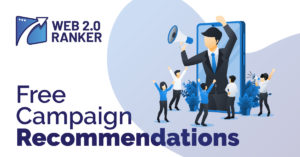
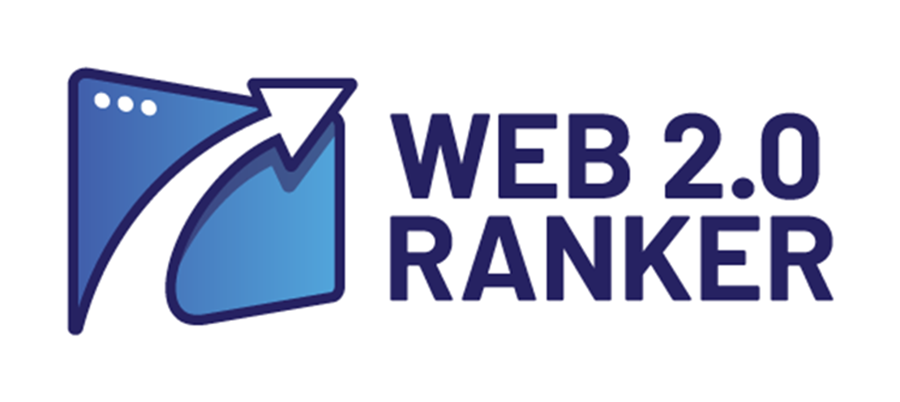


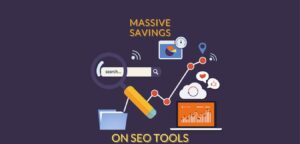


![What Is an Enterprise Data Model? [+ Examples]](https://localseoresources.com/wp-content/uploads/2021/07/5f39f863-0316-486f-a5f3-849d76490a30-1.png)




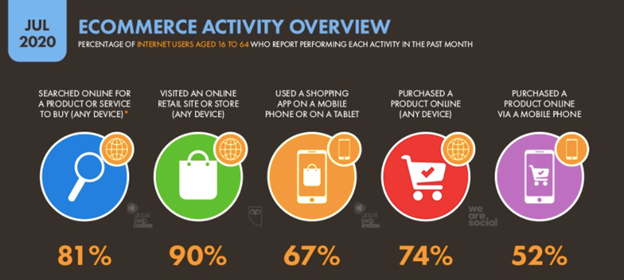
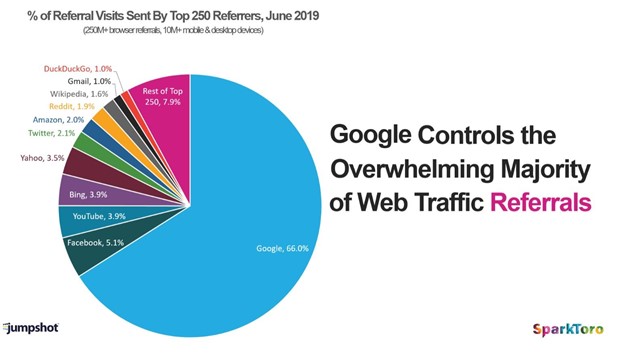
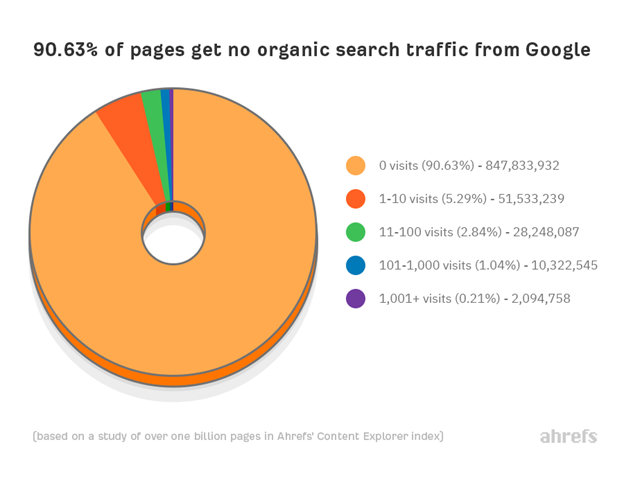
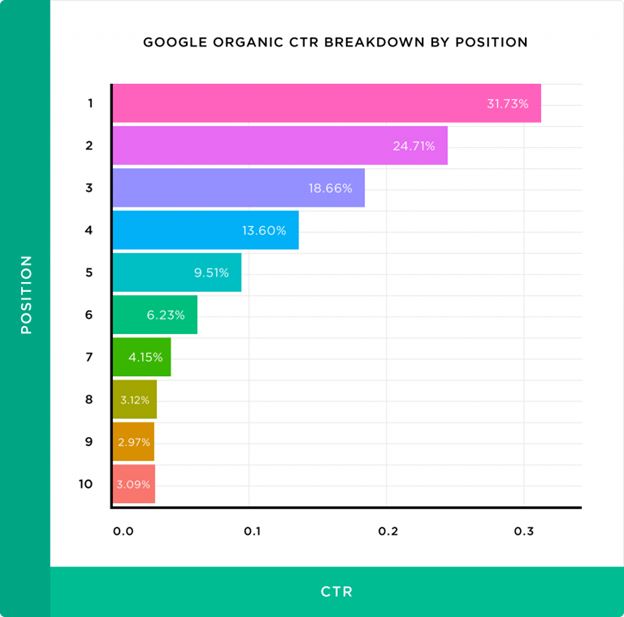















 New map features for Google Maps allows users to leave more detailed reviews
New map features for Google Maps allows users to leave more detailed reviews





